Misconceptions of nutrient timing abound, leading to outdated dietary practices in home kitchens, locker rooms and training tables. We’ll use the most current scientific literature to clear them up, addressing protein and carbohydrate timing issues and requirements, and sharing actual examples of meals and snacks we recommend to our athletes.
(Note: We omitted discussion of dietary fat since timing its intake is rarely discussed for athletic performance.)
Protein
Many of us believe that if we don’t eat within one hour after lifting weights, we’ve failed to fully tap our potential to increase strength and size. This leads us to drink shakes and eat bars that we would otherwise find unappealing, trading the taste and nutrition of real food for the convenience of supplements. While early research hinted at the possibility of a narrow post-training anabolic window, the totality of evidence points towards a different conclusion.
We’ve reviewed the research on short-term muscle protein synthesis and long-term exercise-induced hypertrophy, and support the recommendation to consume pre- and post-training meals within about four to six hours of each other. If training on an empty stomach, eat as soon as possible. The anabolic effects of a typical meal last up to six hours, and muscles remain sensitized to protein intake for at least one day following training. Our bodies are therefore much more flexible than we might assume (1).
How much protein do we require after training? The collective body of evidence indicates that we should consume 1.6-2.2 g/kg/day to maximize training-induced strength and growth, which we can divide across four meals to deliver 0.4-0.5 g/kg/meal (2). Doing the math, we find that even a plant-based Chipotle burrito (e.g. brown rice, black and pinto beans, sofritas, lettuce, fajita vegetables, and salsa) achieves protein needs for a 180-pound athlete (3), making extra efforts to “get enough protein” generally unnecessary. This liberates us from trading taste and nutrition for immediate protein supplement hits.
Bottom line: Sandwich weight training within a four- to six-hour window of real, whole-food meals.
Carbohydrate
The topic of carbohydrate timing is also often misunderstood, particularly in the context of weight training. Those seeking strength and size often consume sizeable amounts of post-training sugar in order to spike insulin and grow muscle. Importantly however, the amount of insulin required to maximize muscle protein synthesis is just three to four times resting levels and easily attained by eating a normal meal (1). Megadosing sugar to augment insulin is therefore wasted effort, contributing empty calories without an upside.
Carbohydrate timing for endurance training is of greater importance for endurance athletes and those with less than eight hours of recovery between two fuel-demanding sessions.
Pre-event fueling:
Consume 1-4g/kg 1-4 hours before exercise. A bowl of oatmeal with fruit would easily hit the mark.
During training:
During brief exercise lasting less than 45 minutes, carbohydrate consumption is unnecessary.
Sustained high-intensity exercise lasting 45-75 minutes benefits from small amounts of carbohydrate, including mouth rinse. In these cases, the carbohydrates confer benefits by stimulating the central nervous system to increase work outputs.
Endurance exercise including “stop and start” sports lasting 1-2.5 hours benefit from 30-60 g/h.
Ultra-endurance exercise lasting more than 2.5-3 hours benefit from up to 90 g/h, particularly from products containing glucose/fructose mixtures like Gatorade or Tailwind.
Post-training:
In the event that a second training session will occur within eight hours of the last one, consume 1.0-1.2 g/kg/h for the first four hours and then resume with typical eating. A fruit smoothie is one example of how one could achieve this.
Overall carbohydrate requirements depend on the intensity of training. 5-7 g/kg/d are required when exercise lasts just one hour per day while 6-10 g/kg/d is recommended when training intensely for 1-3 hours per day (D). Importantly, athletes can meet carbohydrate needs via whole foods like fruit and whole grains. If struggling to get enough carbohydrates, opt for dehydrated gains (e.g. whole grain bread and cereal) and fruit (e.g. dried mango and raisins) instead of hydrated grains (e.g. whole wheat pasta and oatmeal) and fruit (e.g. apples and grapes).
Bottom line: Unless two intense training sessions take place less than eight hours apart, simply eat plenty of whole foods throughout the day to meet carbohydrate needs.
References


